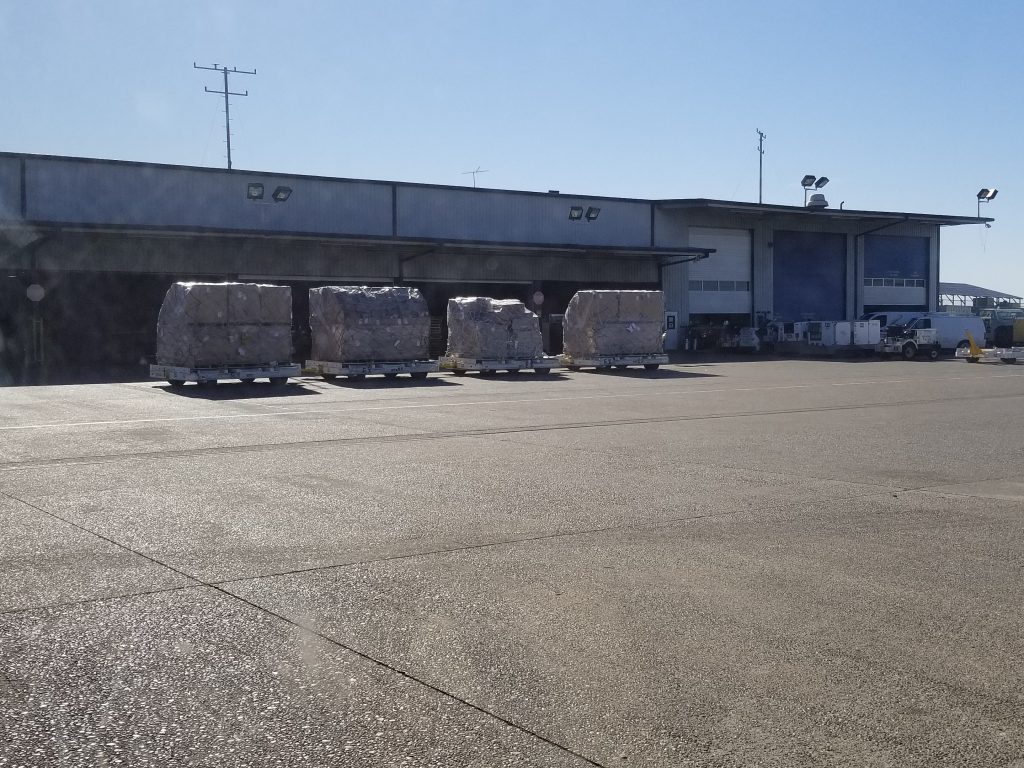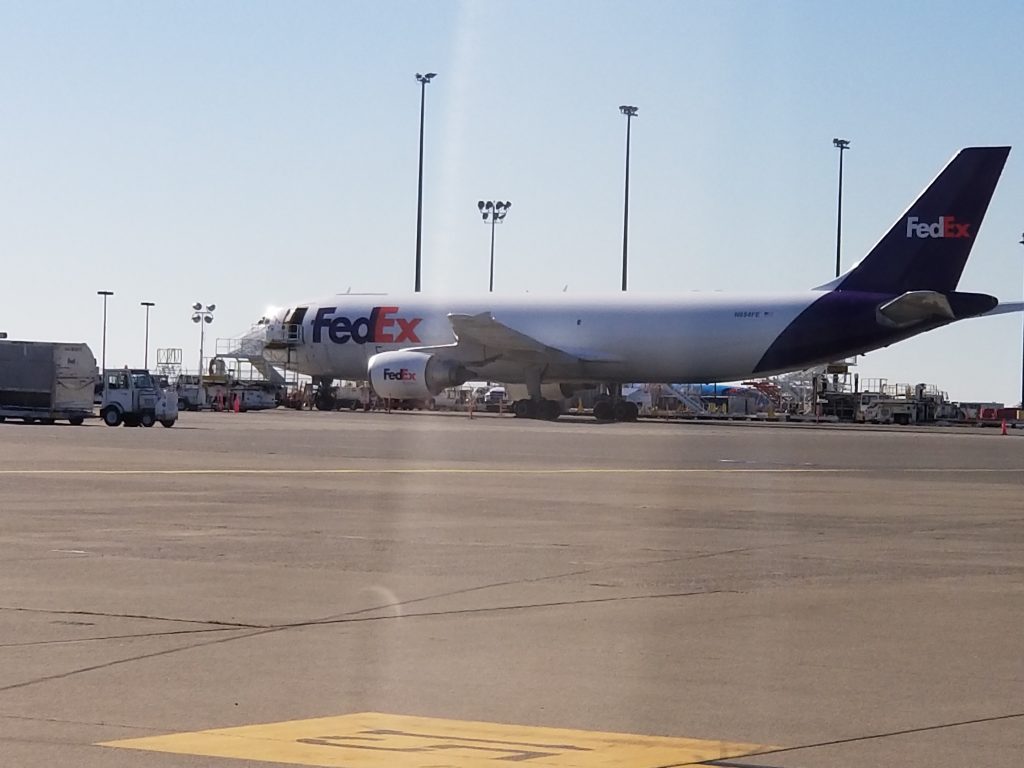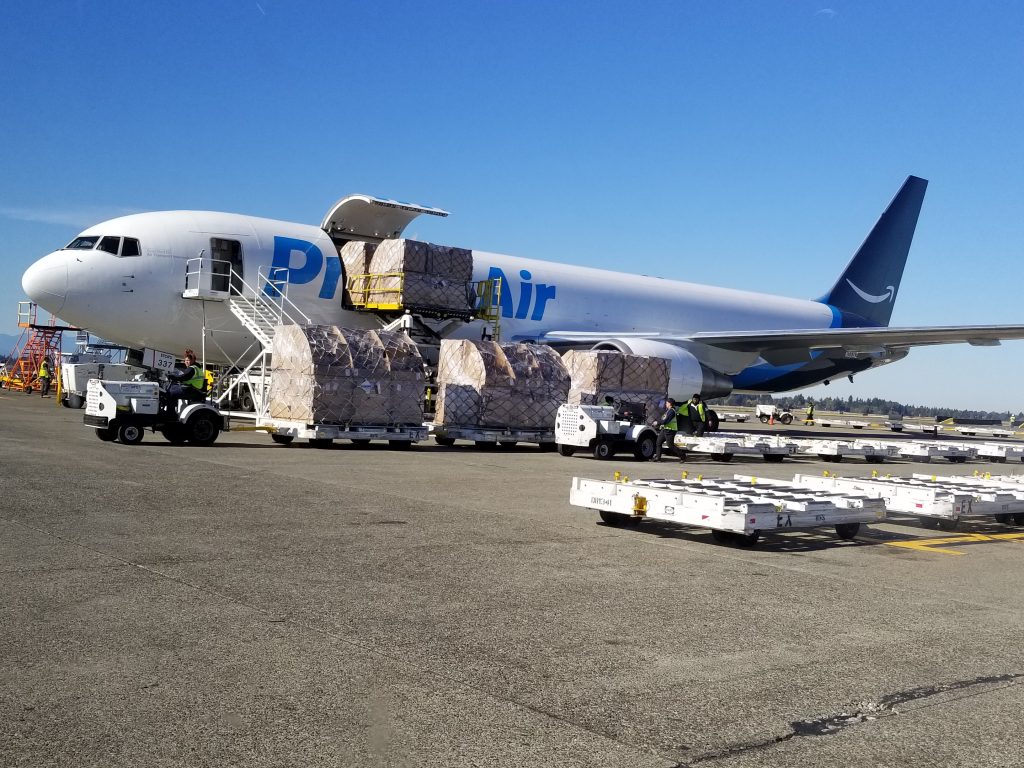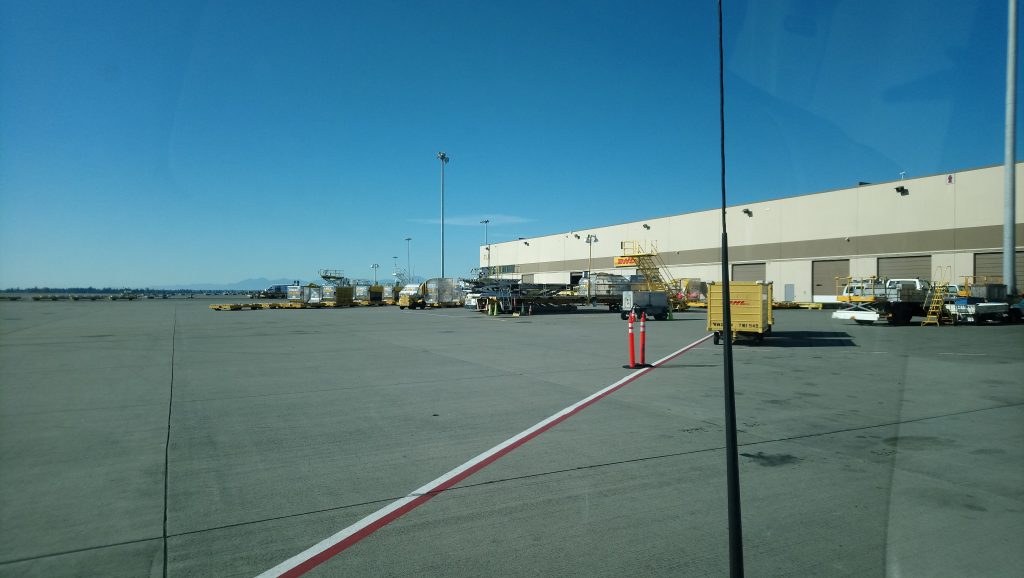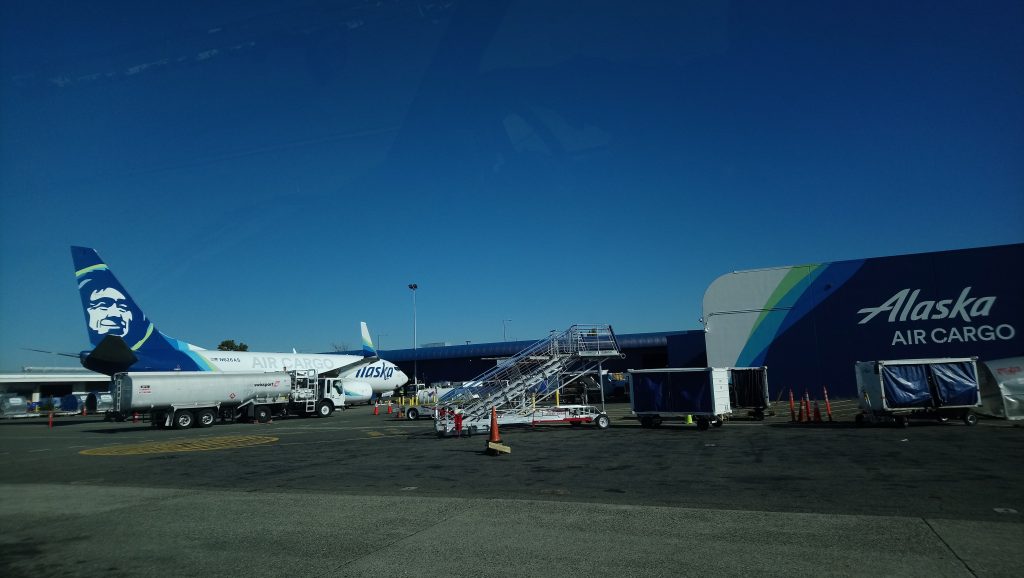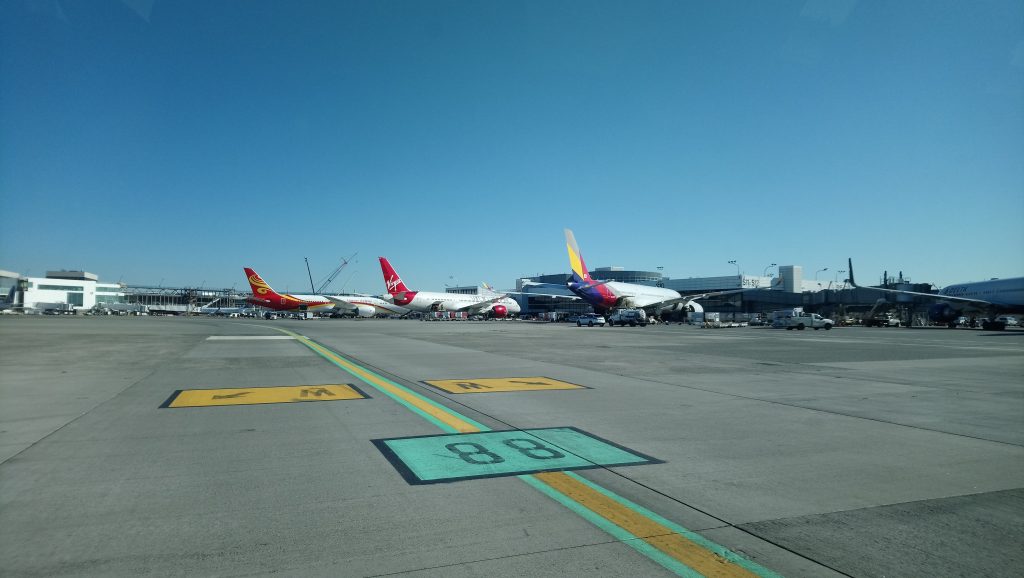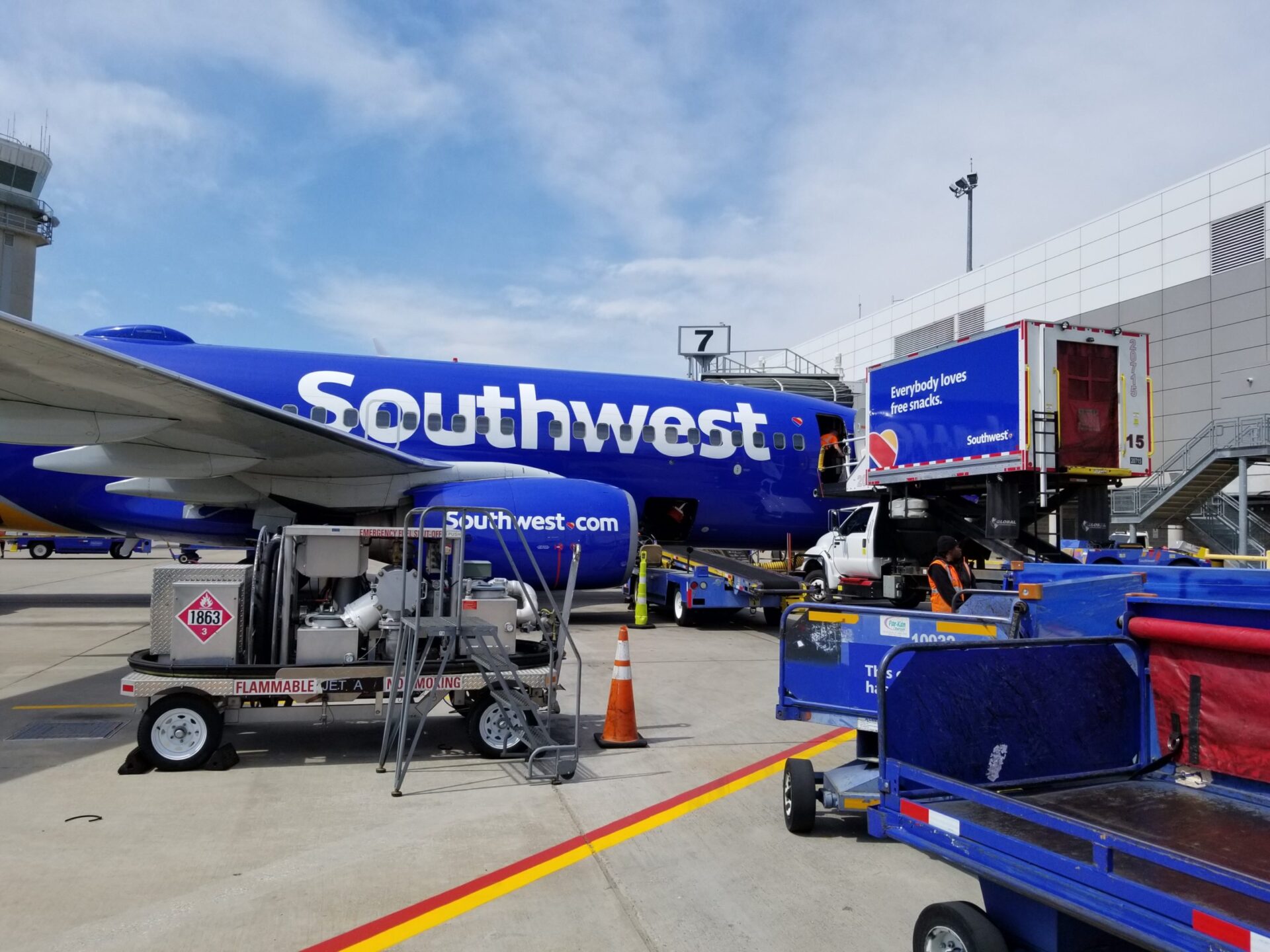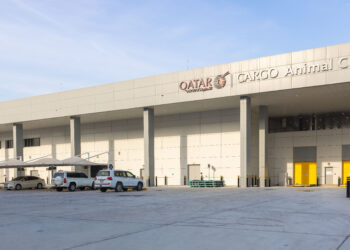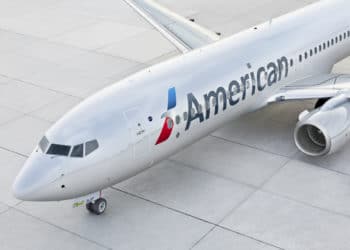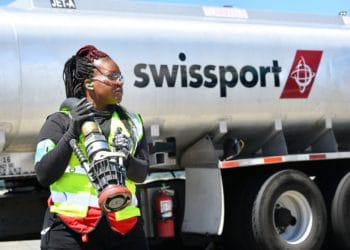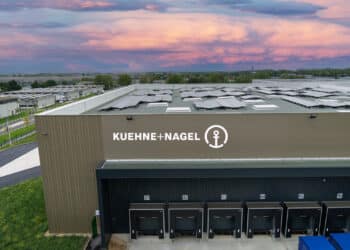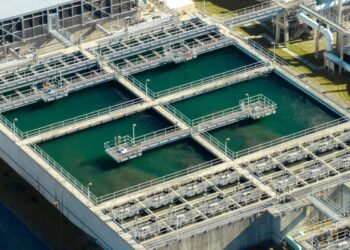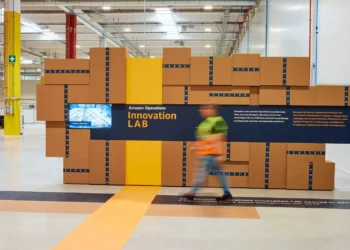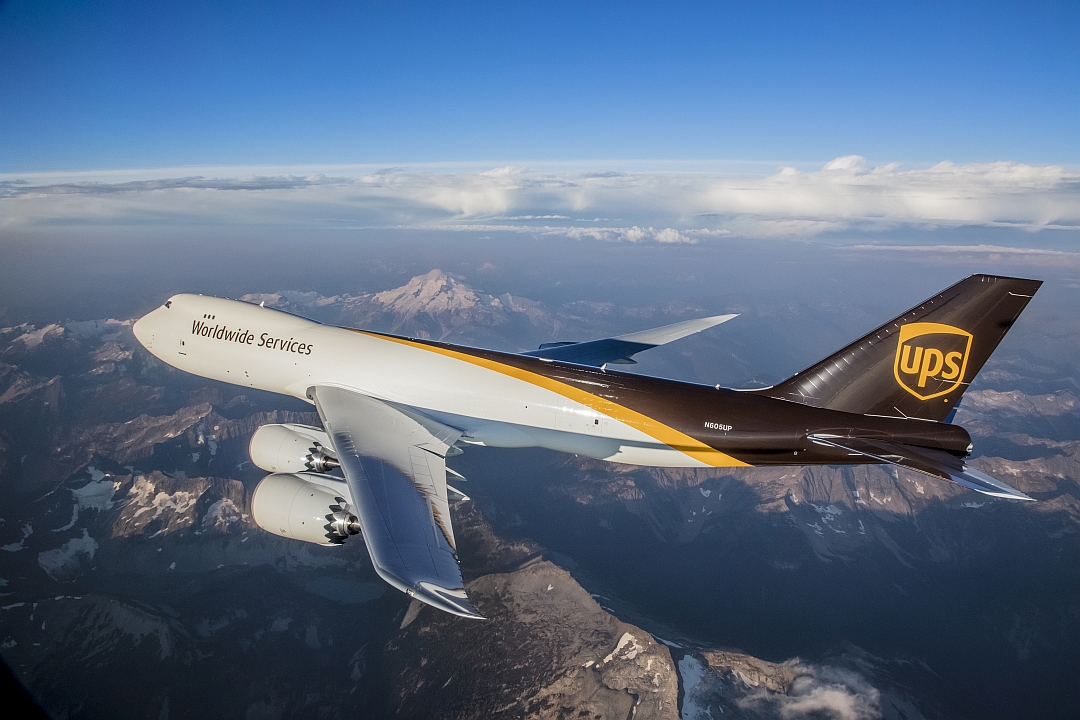No products in the cart.
Facilities growing at Sea-Tac Airport
The Air Cargo World team was treated this week to a behind-the-scenes tour of the cargo operations at Seattle-Tacoma International Airport (SEA).
There, the Port of Seattle’s Air Cargo team – Tom Green, senior manager for air cargo development, Ken Galka, air cargo operations manager, and Patrick Haley, air cargo facilities manager – drove the Air Cargo World team from Delta Air Lines’ cargo facilities at the airport’s south end to the northern end of the airport, where DHL Express, FedEx, Alaska Airlines and Amazon, among others, operate on-airport cargo facilities.
Green told us that currently, about 425,000 tonnes of cargo moves through SEA per year. That amount of cargo traffic is a good fit for the airport’s facilities, as Green said, “You like about one square foot per metric tonne of cargo handled,” and the airport’s current cargo facilities include about 425,000 square feet of space. Eventually, the cargo team would like to increase cargo handling capacity at the airport to about 750,000 tonnes, and development taking place at the airport indicates SEA is well on its way to increasing throughput.
One such development is the International Arrivals Facility currently under construction and scheduled to open during the fourth quarter of 2019. That facility will allow the airport’s development team to bring in new carriers to the airport, like Cathay Pacific, which is adding four-times-weekly service nonstop between SEA and Hong Kong (HKG) in April 2019. While the airport is always looking to add additional freighter service, a substantial amount of cargo also travels in the bellies of passenger jets like the A350-900s Cathay will use for its SEA-HKG service – making the addition of the new terminal another source of cargo moving into and from the airport.
Of course, with the growth of passenger facilities at airports, dedicated cargo facilities often take a back seat. That is pushing some airports into developing more cargo facilities off-airport, and Green told Air Cargo World that eventually, those facilities will likely be built south of the airport on property the airport already owns, “but that’s still at least 10-15 years out.”
In the meantime, operators at Sea-Tac are making the best of those facilities already built, with Delta operating its own cargo center, and Amazon – which operates freighters in its Amazon Air network from SEA – having a dedicated e-commerce warehouse at SEA’s northern cargo facilities.
As a treat this Friday, we invite you now to join us for an up-close look at the cargo operations at SEA, and wish you a happy start to your weekend.

